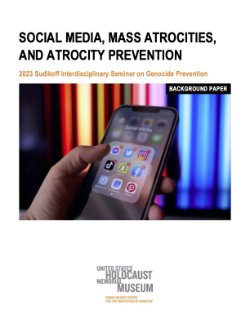By Ned Levine, Bindi Naik-Mathuria, Cary Cain, Lisa Pompeii, Abiodun Oluyomi
Although the media tends to focus on homicides when it comes to firearm violence, and mass shootings in particular, the reality of the public health crisis is more complicated and widespread than many realize. Gun killings are of course tragic, but nonfatal firearm violence can also severely injure victims, leaving them physically debilitated or psychologically damaged for years on end. The family and friends of the victims are often left traumatized as well. But the risks from firearms are even more extensive, involving the psychological costs, since the vast majority of firearm crimes do not involve deaths or injuries.
In the greater Houston area, firearm violence presents various dangers for the public. This report illustrates the scope of the problem by examining firearm incidents occurring in Harris County, Texas, between 2018 and 2021. The incidents were identified using the databases of the four largest law enforcement jurisdictions in Harris County — the Houston, Pasadena, and Baytown police departments and the Harris County Sheriff’s Office — and cover the vast majority of incidents in the county. From this data, we were able to identify trends in the region’s homicide rates, the distribution of firearm incidents by severity, and firearm incident “hot spots”. Ultimately, the findings emphasize the need for a comprehensive approach for reducing gun violence in our society.
Houston: Rice University, Baker Institute for Public Policy, 2023. 12p.





















